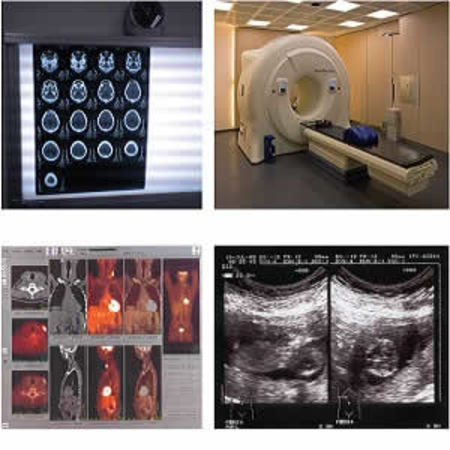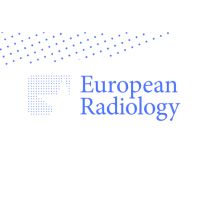In medical imaging, the level of radiation dose and risk is varied but is generally low. Despite the low magnitude and high uncertainty of this risk, its possibility cannot be easily refuted. Therefore, given the moral obligation of healthcare providers, "first do no harm," there is an ethical obligation to mitigate this risk, says a report to appear in the Journal of Radiological Protection.
To address this problem, in 2016, the International Atomic Energy Agency (IAEA) organised a summit titled “Patient Dose Monitoring and the Use of Diagnostic Reference Levels for the Optimisation of Protection in Medical Imaging,” with more than 60 international experts. The summit led to a first report in the use of Diagnostic Reference Levels to benchmark operational dose levels and to optimise imaging.
Through multiday group discussions of the international participants and consolidations of the opinions, the summit further concluded that the imaging optimisation goal goes beyond dose alone, and should include image quality as a means to include both the benefit and the safety of the exam. The present, second report details the deliberation of the summit on imaging optimisation.
The magnitude and the expanding use of imaging create a growing concern about radiation exposure associated with medical imaging. In the U.S., the per capita effective dose has increased from 3.6 milliSievert (mSv) in the early 1980's to 6.2 mSv in 2006. Presently computed tomography (CT) is the single largest source of medical radiation exposure, constituting half of the total medical exposure and 25% of the annual exposure to the U.S. population; in Europe, CT constitutes on the average 60% of the total medical exposure and in some countries even more than 80%.
Moreover, and despite an abundance of dose reduction technologies such as automatic exposure control and iterative reconstruction, there is a wide variation in doses to patients for similar examinations, with varied and sometimes excessive irradiation burden imparted. Such burdens are of particular concern to vulnerable populations, such as paediatric patients, individuals who are genetically more radiosensitive, and those who require repeated imaging of the same anatomic area.
Mitigating radiation risk, the report says, should ideally take place at the individual level and be indication specific. That is because, regardless of the magnitude, individual healthcare requires individual risk consideration. Further, aggregated data across a population would be accurate only to the extent that the individual estimates being pooled are accurate themselves.
"However, in achieving the goal of reducing imaging dose, it is imperative not to ignore the value of imaging, embracing both its benefit and its safety," the report explains. Medical imaging is expected to provide a diagnostic benefit; patients have imaging examinations based on the premise of diagnostic benefit and as such dose should not be reduced to levels that may negatively compromise this benefit. As noted in the report, "A dose that is too low to provide sufficient diagnostic information is actually excessive, as it unnecessarily exposes a patient for the sake of questionable medical benefit."
Optimisation through characterisation and minimisation of total risk can be applied towards an individual or a population, according to the report.
"Imaging optimisation involves an intentional balance between patient-informed surrogates of radiation risk and clinical risk, taking into consideration the image task and the attributes of the patient, such that the total risk to the patient (including radiation risk and clinical risk associated with a sub-quality exam) is minimised," the report explains.
Moreover, imaging optimisation is enabled by a pragmatic deployment plan, a specialised workforce including expert medical physicists, and an informatics infrastructure. "It is also highly encouraged and facilitated by intentional and tactful regulations and professional guidelines," the report adds.
Image Credit: OpenStax
References:
Samei E et al. (2018) Medical imaging dose optimization from ground up: expert opinion of an international summit. J. Radiol. Prot. Accepted Manuscript online 17 May 2018. https://doi.org/10.1088/1361-6498/aac575
Latest Articles
radiation dose, Radiation risk, medical imaging
In medical imaging, the level of radiation dose and risk is varied but is generally low. Despite the low magnitude and high uncertainty of this risk, its possibility cannot be easily refuted. Therefore, given the moral obligation of healthcare providers,



























